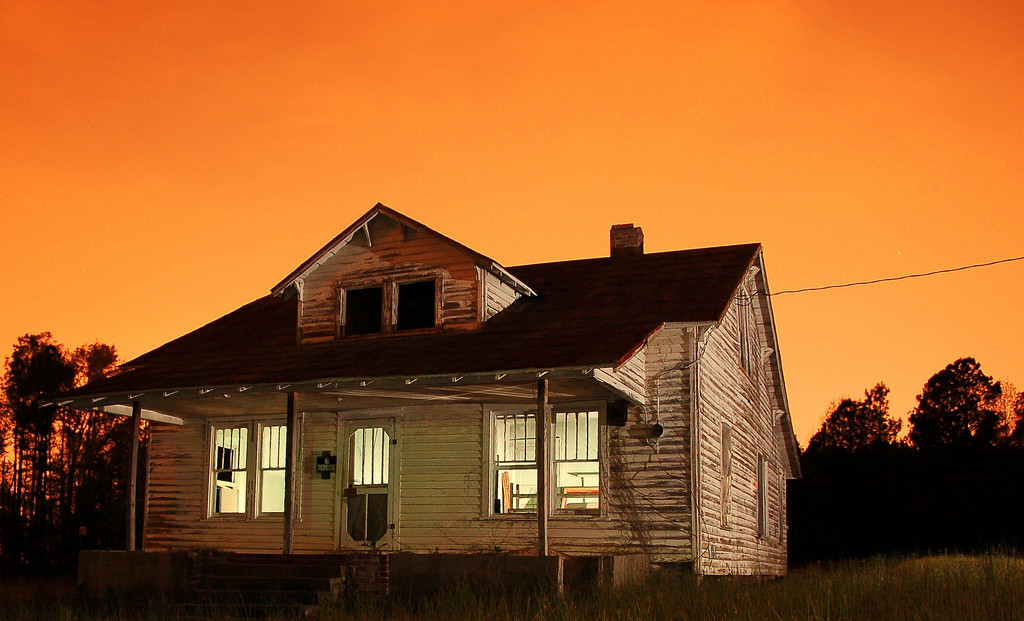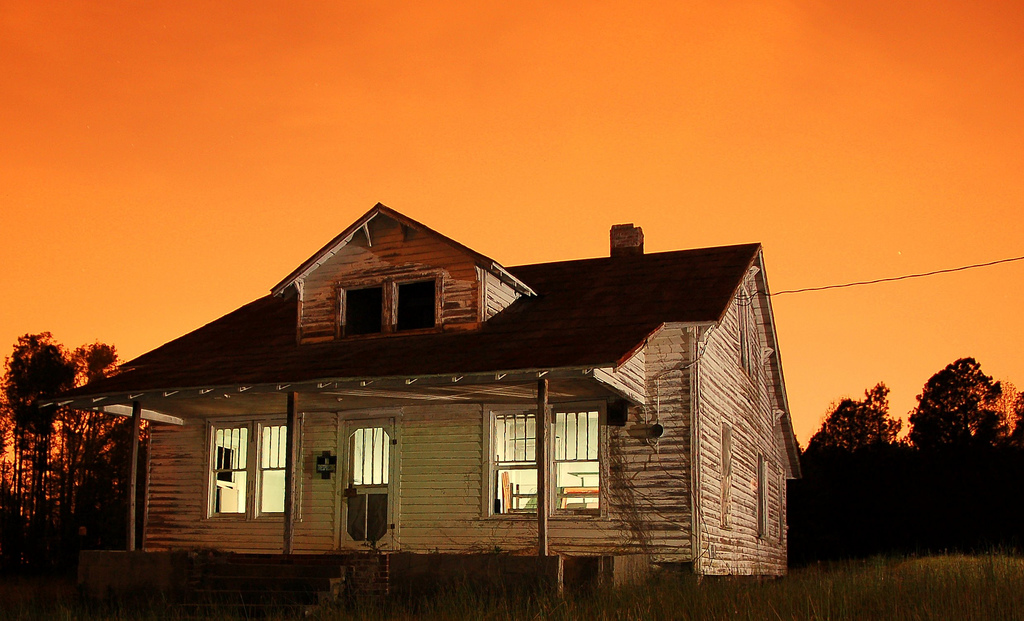>> North Carolina is a state with lots of diversity in its scenery and its people. You don’t have to travel far to see how the landscape and the opportunities available to residents can vary.
North Carolina is a state with lots of diversity in its scenery and its people. You don’t have to travel far to see how the landscape and the opportunities available to residents can vary.
The recently released >>Status of Women in North Carolina report , published by the >>Institute for Women’s Policy Research and the >>NC Council for Women , takes us on a ride of about 200 miles through the mountains so we can understand how life varies for North Carolina women and families. The data shows some disturbing differences in economic opportunity.
Let’s start in Asheville – a beautiful city with a thriving tourist industry, universities, and a >>female mayor . One-third of women in the Asheville area (defined in the report as Buncombe and Madison counties) have a bachelor’s degree or higher, a greater portion than in North Carolina as a whole. While women in Asheville don’t earn as much as men, the wage gap is narrower there – women make 85 cents for every dollar a man makes, compared to 82.5 cents for every dollar for women statewide.
About 38% of women age 18 and older in the Asheville area live in poverty or near poverty, which is the same as women in the state as a whole. But Buncombe and Madison counties to a better job of helping women work than many other counties do: Twenty percent of eligible children in Buncombe County and 17% in Madison County receive child-care subsidies. These subsidies help parents (especially single mothers) defer some of the extraordinarily high costs of quality child care.
Now let’s travel west of Asheville to the cluster of counties that lie farthest west of any in North Carolina – Cherokee, Clay, Graham, Haywood, Jackson, Macon, and Swain counties. On the plus side, the wage gap between men and women is smaller here: women make 87 cents for every dollar men make. But both men and women make less than the state median incomes for their gender – $30,000 for women in the far west compared to $33,000 for women statewide, and $34,435 for men compared to $40,000 statewide.
These low salaries are likely connected to the lower-than-average educational attainment here. Just 21% of women age 25 and older in the far west hold a bachelor’s degree or higher, and 47% have only a high school diploma or no diploma at all.
There’s also the challenge of high unemployment. According to the >>NC Division of Employment Security , the February unemployment rates in these seven counties ranged from a low of 9.9% in Haywood to the shocking highs of 17.9% in Swain County and 20.2% in Graham County. All the western counties had higher unemployment rates than the statewide rate of 9.4%.
In the far west, 39% of women live in poverty or near poverty. Twenty-seven percent of women do not have health insurance, and their health outcomes were generally worse than for the state as a whole.
Now let’s head northeast of Asheville, up through the mountains that separate North Carolina from Tennessee. That brings us to the counties of Ashe, Avery, Mitchell, Watauga, and Yancey. This area includes Appalachian State University and great trails for hiking and biking.
Men here make about the same as they do in the far west region, but women make significantly less. The median annual income for women who work full-time and year-round is only $28,538.
Twenty-six percent of women have a bachelor’s or higher degree—only slightly below the statewide percentage— and 43% have only a high school diploma or no diploma.
But here’s a stunning statistic – 45% of women in these counties live in poverty or near poverty, a considerably higher share than in the state or the nation as a whole. Again, unemployment may play a role in that. Although not as high as in some of the western counties, the unemployment rates in this area range from a low of 8.9% in Watauga County to a high of 14.9% in Mitchell.
Women in these counties also have a harder time getting to work because child-care subsidies are scarcer. In Yancey County, only 9% of children eligible for subsidies actually receive them.
A look at the data from North Carolina’s west reminds us that some women have tougher mountains to climb than others.
Many of these women face lifelong challenges that come from growing up in poverty and being denied opportunities for higher education. The answers that can increase women’s well-being in the North Carolina’s mountains may not be the same as for women in the Piedmont and the coast. That’s why we need to insure that we engage women from every part of North Carolina in the conversation about our future and our priorities.

There are no comments
Add yours